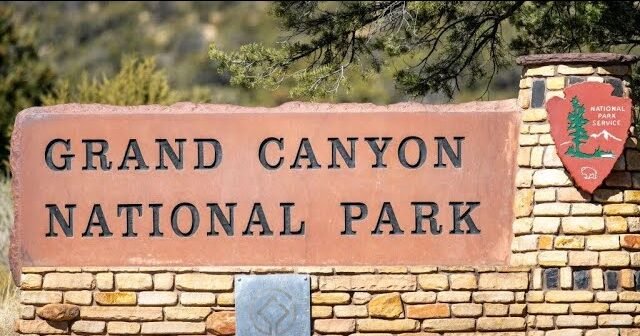Trump raises entry fees for foreign tourists, axes the inclusion policy, and cuts park service staff
In a sweeping move cloaked in patriotic language, Donald Trump signed an executive order Thursday night that effectively transforms America’s national parks into a tiered access system—favouring U.S. residents and squeezing foreign visitors for more cash.
Standing before a crowd in Iowa, the president boasted, “The national parks will be about America first,” as he outlined a dramatic policy shift that will see non-U.S. residents pay higher entrance and recreation pass fees to access the country’s most iconic landscapes.
Under the order, Interior Secretary Doug Burgum is tasked with developing a strategy to implement the surcharge—one the Trump administration claims will raise $90 million annually. The fees, however, come amid record staff cuts and what some advocates call an ideological purge within the National Park Service.
Currently, fees to enter national parks like Yellowstone, Yosemite or the Grand Canyon range from $20 per person to $35 per vehicle. Foreign visitors may soon pay far more—though the administration has not clarified how steep the increase will be or when it will take effect.
Trump’s order doesn’t stop at entrance fees. It also calls for “preferential treatment” for U.S. residents when it comes to permits and lotteries—mechanisms that control access to campsites, hiking trails, and peak-season visitation. While the specifics remain vague, critics fear this could institutionalise discrimination in public land access.
But the most controversial clause may be the revocation of a 2017 Obama-era diversity and inclusion directive aimed at broadening the cultural relevance of national parks for all Americans. Trump’s decision, in effect, signals an end to efforts designed to make national parks more accessible and welcoming to underrepresented groups.
“Today is a great victory for the environment,” claimed Benji Backer, founder of Nature Is Nonpartisan, who helped spearhead the executive order and now chairs Trump’s newly formed Make America Beautiful Again Commission. The panel, comprised entirely of administration officials, aims to expand recreational access and incentivise private conservation—a strategy environmentalists warn may benefit elites more than ecosystems.
Yet while Trump touts these efforts as pro-environment, his administration’s track record tells a different story.
In February, 1,000 Park Service employees were laid off, part of a government-wide “efficiency” campaign led by the White House. According to the National Parks Conservation Association, the service has lost nearly a quarter of its permanent staff since Trump’s return to office.
The Interior Department’s 2026 budget slashes over $1 billion from the Park Service—the largest cut in the agency’s history. Experts warn the result will be longer lines, closed trails, shuttered visitor centres, and a diminished experience for all—Americans included.
Meanwhile, the administration narrowly avoided selling off thousands of acres of public land for housing and infrastructure development—provisions that were removed from Trump’s massive tax-and-spending bill only after backlash from conservative environmental advocates like Backer.
“Donald Trump’s legacy will not be good on conservation if this goes through,” Backer told CBS News just weeks ago.
Now, Trump’s parks policy seems clear: fewer rangers, fewer protections, and a two-tier system that favours American wallets—at least in the short term.
What remains to be seen is whether “America first” means nature last.
